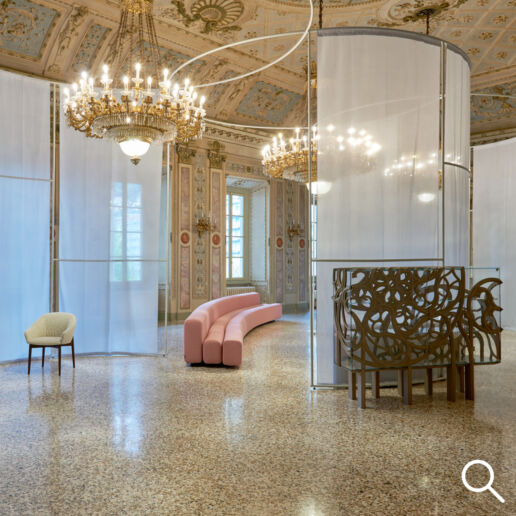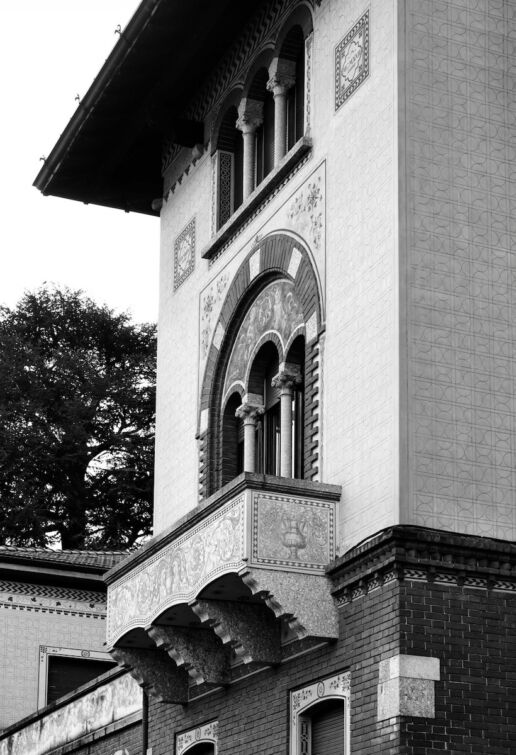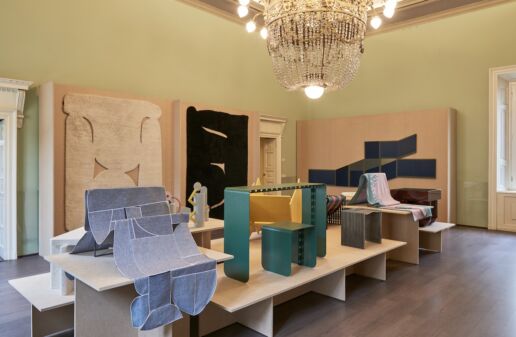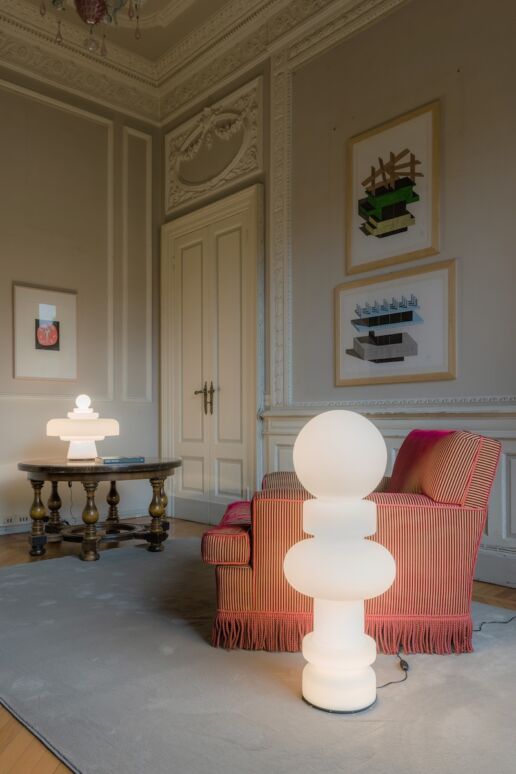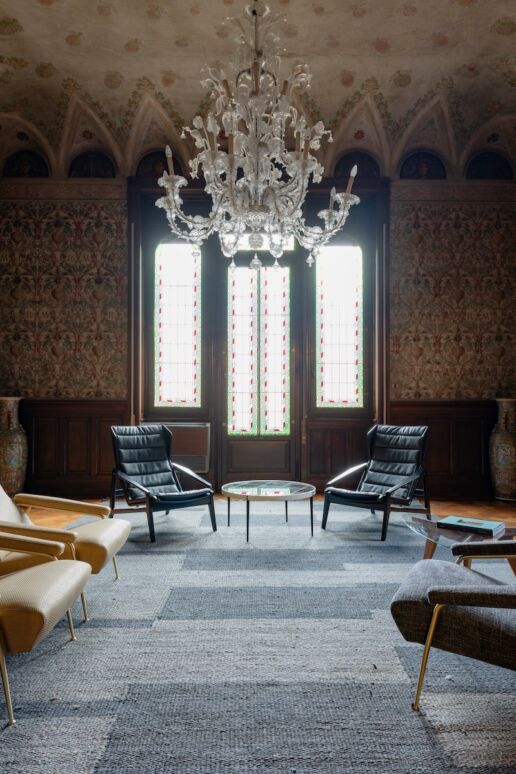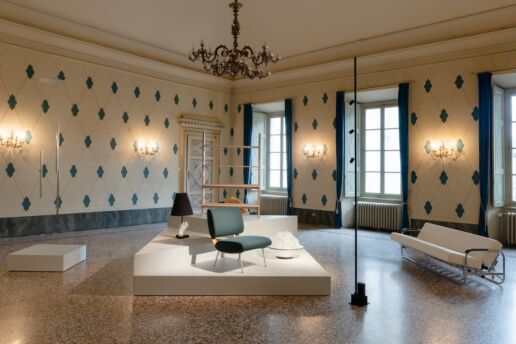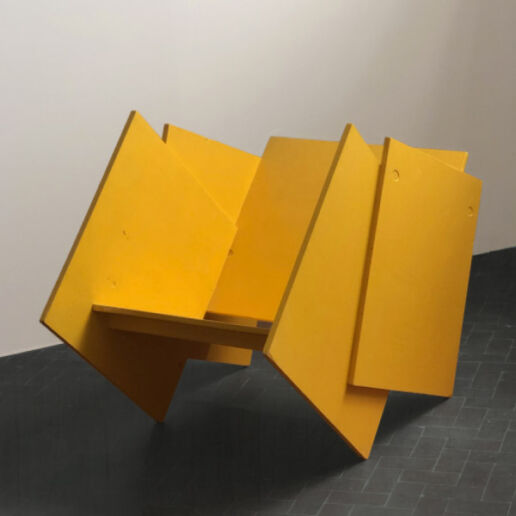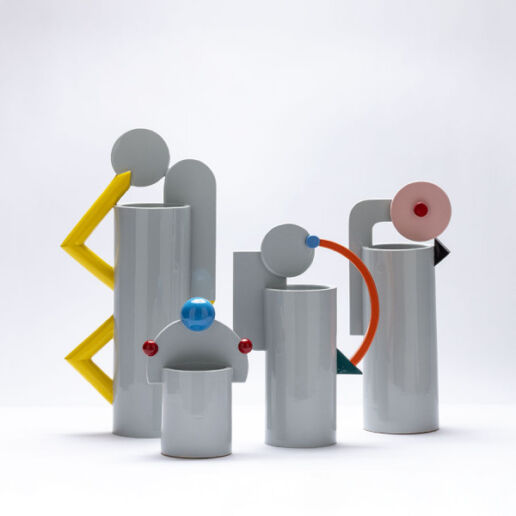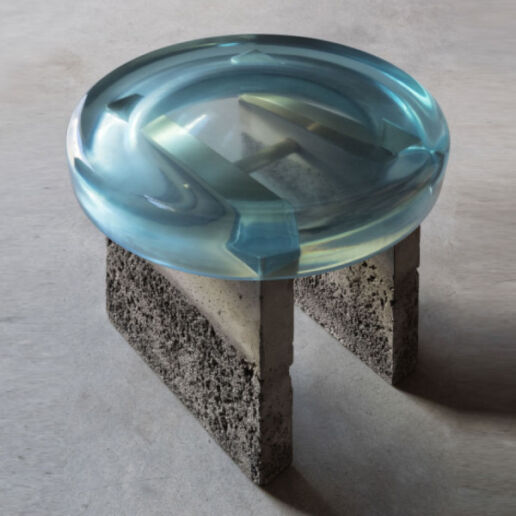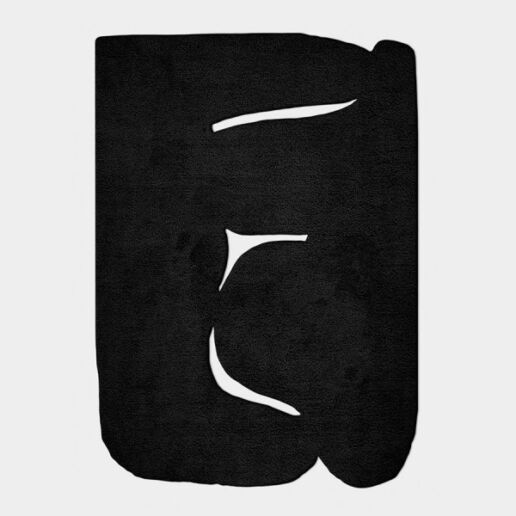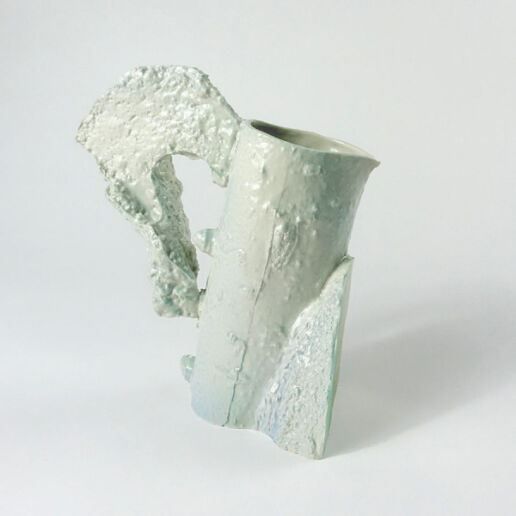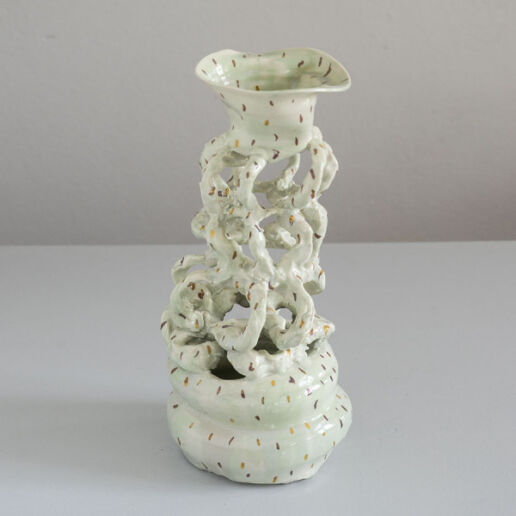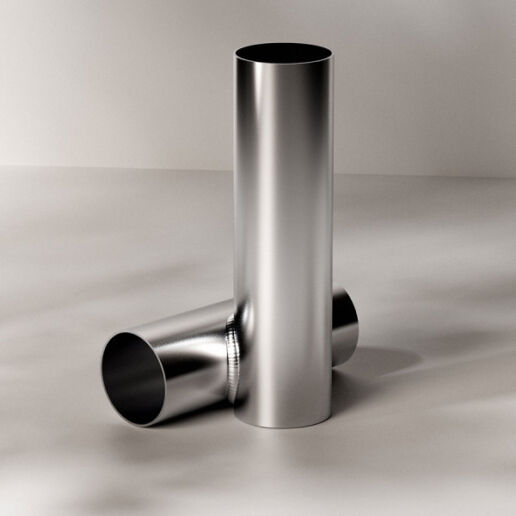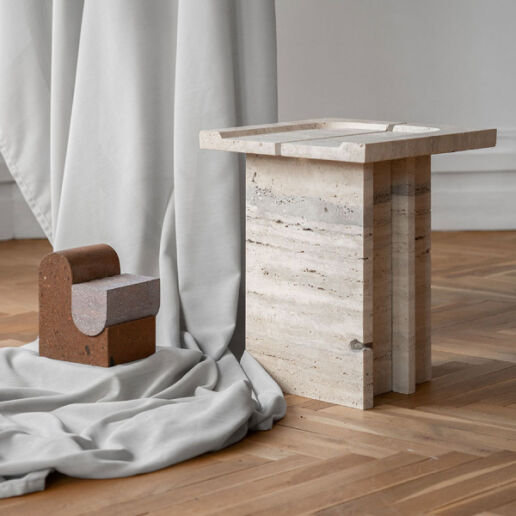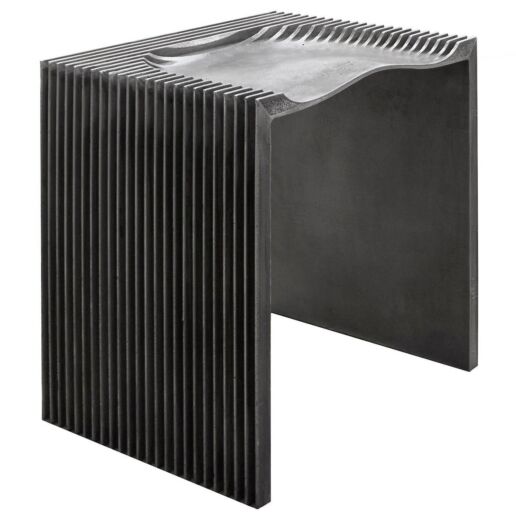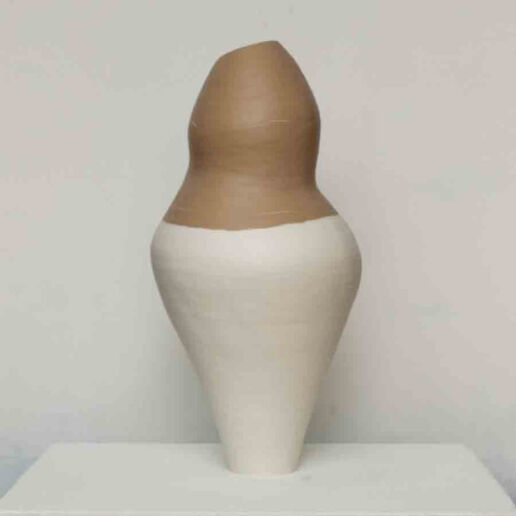LOOKING BACK: DIALOGUES ON DESIGN AT LAKE COMO
"History repeats itself." This is a powerful remark which finds relevance in all aspects of life and today we stumbled upon it at Lake Como.
Held between 6 and 10 October 2021, the third Lake Como Design Festival (LCDF) was a rendezvous between the old and the new. The historic buildings where innovative works of art and brands were exhibited alongside iconic designs from past centuries gave visitors the impression of “seeing an exhibition within an exhibition”.
Located at the foothills of the Alps, Lake Como is often likened to the shape of a wishbone. Italy’s third largest lake is the epitome of the unequalled beauty of Lombardy which has unsurprisingly attracted wealthy families who have built extraordinary villas along its shores.
From Gianni Versace’s neoclassical Villa Fontanelle that has been the backdrop of movies, to Alfred Hitchcock’s inspirational Villa d’Este, Lake Como has been the setting of many stories from the past to the present, but this time it was the local cultural heritage that was showcased.
The festival is designed and produced by the Association of Wonderlake Como, a non-profit organisation aiming to promote the Como region domestically and internationally. All activities focus on engaging the audience in an ongoing dialogue with the region and invite them to discover the hidden gems of Como.
Lorenzo Butti, the founder of Wonderlake Como and also the festival’s artistic and creative director conceived the 2021 Lake Como Design Festival as a dialogue between the twentieth and twenty-first centuries; comprising three major exhibitions and a series of events based on the theme of ‘History Repeating’.
Curated by Marco Sammicheli, the director of the Triennale Design Museum, the most striking event of the festival was the ‘History Repeating’ exhibition; developed as the core of the festival in the form of a site-specific installation project. This special exhibition was hosted at the iconic 19th century neoclassical theatre ‘Teatro Sociale di Como’, one of the few remaining private theatres in Italy. Its historic foyer is filled with flamboyant plasterwork, carved wooden ceilings, magnificent chandeliers and colourful frescoes. On display are the works of many world-renowned architects and designers such as Pierre Paulin, Alvar Aalto, Gio Ponti, Ettore Sottsass, Andrea Branzi, Giulio Ridolf, Francesco Faccin, Riccardo Sarfatti, Gino Sarfatti and Marco Dessì.
Lake Como will remain as the thought-provoking backdrop of the exhibition venues at the festival. Some of the installations are specific to the region as those by architects Stefano Larotunda and Niccolò Nessi. Through forms and experiences, these installations are developed to enhance the characteristics of the exhibition venues and highlight the works on exhibition. In this way, the objects displayed on the cubic podiums of Larotonda and Nessi and in the circular transparent partitions deliver reinterpretations of iconic pieces by cult modernist designers.
Local furniture manufacturer MisuraEmme’s ‘Sofa Bed AA1’ originally designed by Alvar Aalto in 1932, now only found in catalogues, plays an important role in the exhibition. Among the objects on display are Gio Ponti’s round D.154.5 armchair manufactured by Molteni&C, Angelo Mangiarotti by Agapecasa, Cavalletto bench 1953, LaCividina’s curvy pink Osaka sofa designed by French designer Pierre Paulin in 1967, and Marco Dessi’s Thonet 520 PF armchair.
The festival also hosted numerous exhibitions at various locations in the city centre. One of them was the 20/21 exhibition that took place at the Palazzo Valli Bruni, which is now the Academy of Music and Dance, and the former home of the opera singer Giuditta Pasta. The exhibition was inspired by a dialogue between objects and accessories from the 20th and 21st centuries. The exhibition includes a selection of objects and accessories for sale made by independent contemporary designers.
‘Reeditions’ is another stop at the festival that opened its doors in Palazzo Mantero, the jewel of the city that was built in 1923 as the home of Riccardo Mantero. Inspired by Renaissance architecture, the building is like a mediator between history, tradition and modernity. Reeditions is an exhibition of revived pieces dedicated to 20th century designs presented by Alias, Amini, Azucena, Fontana Arte, Ginori 1735, Molteni & C and Somma 1867. This noble building was opened to the public for the first time for the occasion of this exhibition.
The festival allowed access to some of Como’s most important historical buildings. The Lake Como Design Fair has succeeded in inspiring the region’s cultural heritage, creative industries, as well as visitors.


